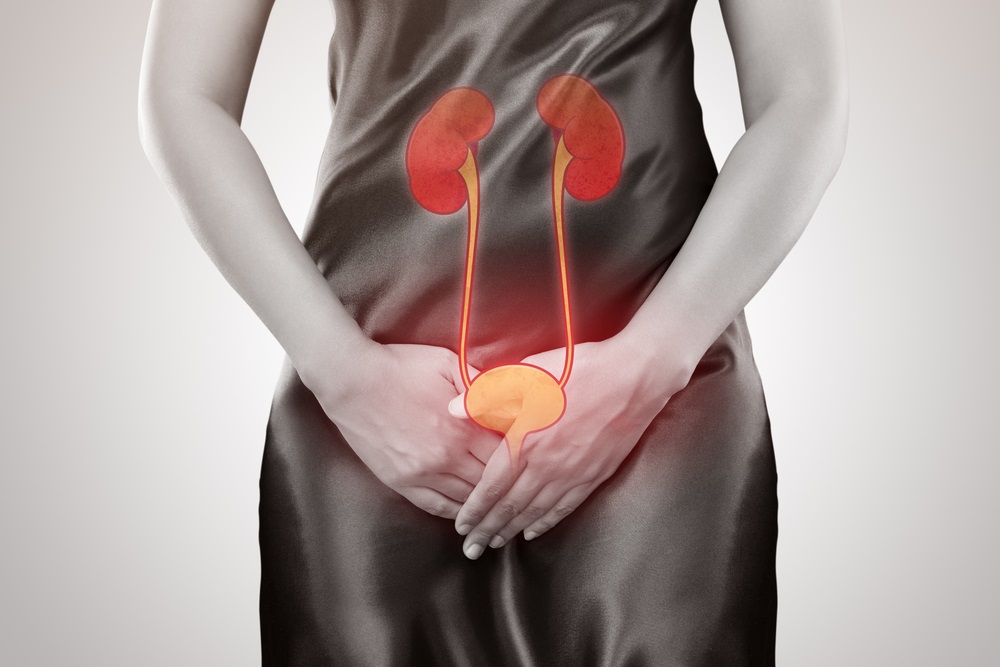Urinary tract infections (UTIs) are the most common reasons women seek primary care. In most cases, antibiotics are prescribed to treat the disease. However, the overuse of antibiotics has led to the emergence of antibiotic-resistant bacteria, making it crucial to find alternative treatment options to reduce the use of antibiotics. Despite guidelines recommending delayed antibiotic prescriptions, there is evidence of an initial use of antibiotics, particularly fluoroquinolones, in Germany. This has raised concerns about the potential development of antibiotic resistance. To address this issue, a groundbreaking study has been conducted to investigate the efficacy of a multimodal intervention in reducing second-line antibiotic prescriptions for women with UTIs. The study examines the effectiveness of various interventions, including patient education, physician training, and decision-making support tools, in reducing the unnecessary use of second-line antibiotics for UTIs. The results of this study could have significant implications for the treatment of UTIs and the reduction of antibiotic resistance.

Methods
The randomized controlled trial was conducted over three years, from September 2019 to December 2022, and involved general practitioners in southern and eastern Germany. The intervention group received a comprehensive approach that included guidelines, resistance data, benchmarking, and quarterly feedback, while the control group did not receive any of these interventions. Data was collected from April 2021 to March 2022, with practices randomly assigned and analyzed without individual patient information. This trial aimed to evaluate the effectiveness of the comprehensive approach in improving the quality of care provided by general practitioners in the region, focusing on reducing antibiotic resistance. The results of this trial will inform future efforts to address the issue of antibiotic resistance in the region and beyond.
Results
After conducting a study involving 128 medical practices, it was found that the group that received the intervention showed a significant reduction of 40% in the number of second-line antibiotic prescriptions for uncomplicated UTIs after 12 months compared to the control group. Furthermore, the overall prescription rate of antibiotics in the intervention group decreased by 10%. Notably, fosfomycin and pivmecillinam were identified as the most commonly prescribed first-line antibiotics. These findings illustrate the effectiveness of the intervention in reducing the overuse of antibiotics in the treatment of uncomplicated UTIs.

Complications
The study revealed that the complication rates recorded were minimal, with pyelonephritis, a type of urinary tract infection, reported only in 0.2% of cases in both the intervention and control groups. Furthermore, the intervention group had a lower incidence of recurrent UTIs, with only 12% of participants experiencing it, compared to the control group’s 17%.
Discussion
The study’s results suggest that multimodal intervention significantly reduced antibiotic prescriptions without causing any increase in complications. The impact of the intervention was found to be particularly substantial in practices with a high rate of prescribing antibiotics, indicating the effectiveness of targeting specific prescriber behaviors. Overall, the study demonstrates the potential of using targeted interventions to reduce unnecessary antibiotic usage, which can help improve patient outcomes and reduce the risk of antibiotic resistance.
Comparison With Other Studies
The intervention presented in the study is designed to align with successful approaches that target high prescribers. The study highlights the potential impact of peer discussion rounds and multifaceted interventions in reducing the rate of antibiotic resistance. One of the novel and promising strategies used in the study focuses on regional resistance rates and their incorporation into treatment guidelines. This approach aims to address the issue of antibiotic resistance by tailoring the treatment guidelines to the specific resistance patterns in the region. The study emphasizes the importance of such strategies in the fight against antibiotic resistance and provides valuable insights for future interventions in this area.
Implications for Practice
According to the study, the proposed multifaceted intervention can be implemented easily in countries with sufficient digital infrastructure, thus potentially revolutionizing postgraduate medical education and quality circles. The study also highlights the issue of high resistance rates among women who suffer from recurrent UTIs and suggests that guidelines should be updated to recommend trimethoprim for this specific population. These recommendations are significant in addressing the challenges faced by healthcare providers and patients alike and can lead to better treatment outcomes and quality of life for those affected.
Conclusion
After careful analysis, it has been determined that the multimodal intervention implemented in German general practices for treating uncomplicated urinary tract infections has been highly effective. By utilizing a combination of guideline recommendations, regional resistance data, and personalized feedback, healthcare professionals were able to significantly improve adherence to treatment guidelines and reduce the number of antibiotic prescriptions issued. This success can make a lasting and positive impact on antibiotic stewardship programs in primary care and represents a promising future for treating UTIs.
Reference
Schmiemann G, Greser A, Maun A, et al. Effects of a multimodal intervention in primary care to reduce second line antibiotic prescriptions for urinary tract infections in women: parallel, cluster randomised, controlled trial. BMJ [Internet]. 2023 Nov 2;383:e076305. Available from: https://www.bmj.com/content/383/bmj-2023-076305







